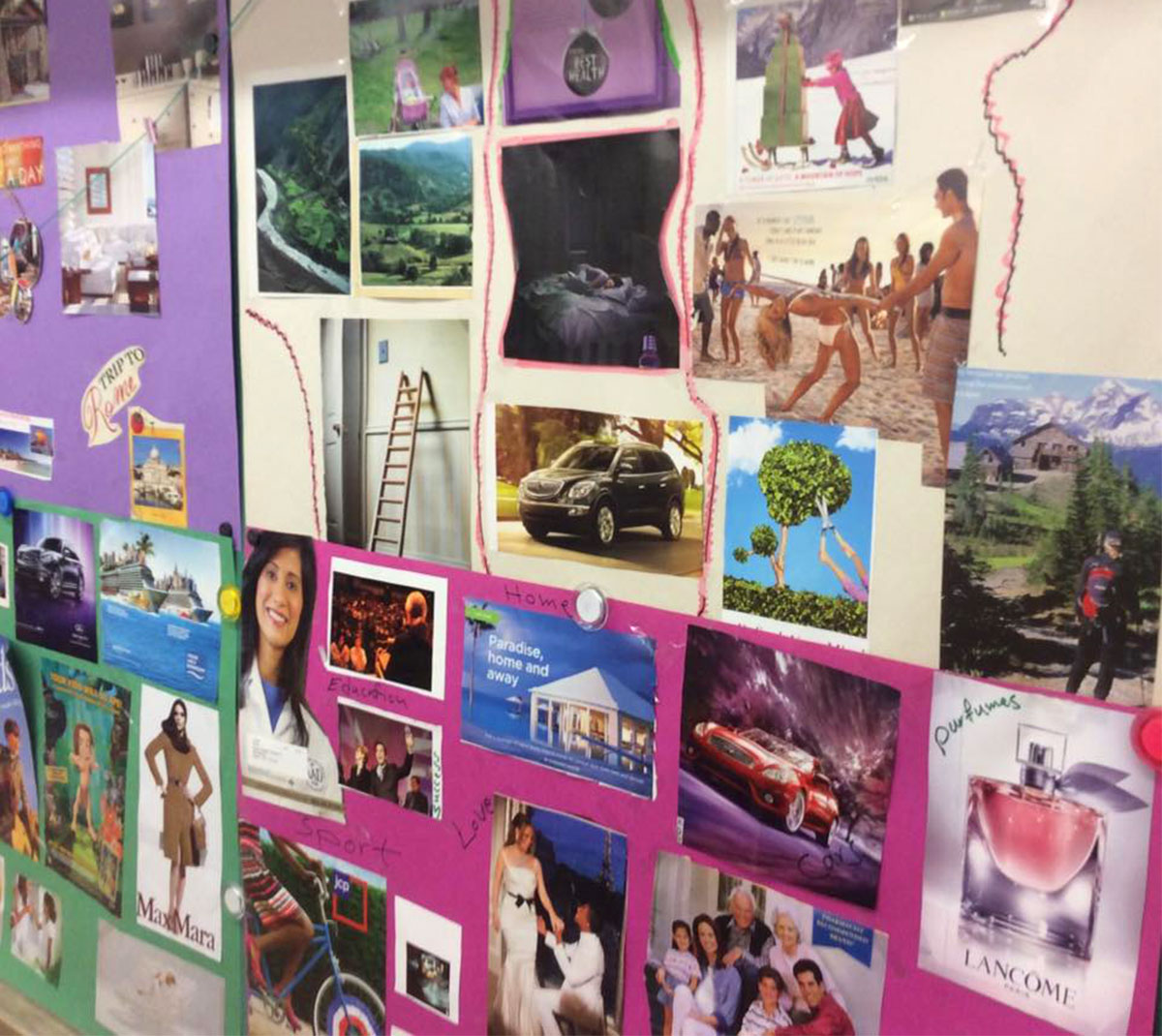Would you like to be a student in your own class? If Jeyan Babajanova were my teacher, then my answer is a resounding "yes!".
Babajanova presented at the TESOL 2022 convention on “Project-Based Teaching as a Solution to Low-Resource Contexts.”
I attended countless inspirational presentations and keynotes during TESOL 2022, but hers stood out for me.
Project-based learning works on so many levels with students of all ages, and it's a teaching/learning method that teachers are passionate about.
This teaching method doesn’t come without its challenges, but the benefits of a successful project make the effort worthwhile.
Challenges of Project-Based Learning
One of the challenges that Babajanova faced in her teaching context was low motivation from the students during the pandemic.
Globally, teachers and students alike faced the same dilemmas: how to effectively learn and engage in an online environment.
One solution is to find something that drives and motivates students. Find something that intrinsically motivates them to take control of their own learning. The tools are secondary.
Benefits of Project-Based Learning
Project-based learning helps students to develop a broad range of skills.
Team-based projects require effective communication, collaboration, critical thinking, and creativity (a major theme at the TESOL 2022 conference).
Babajanova needed to be flexible as her online toolkit was limited. Many sites such as YouTube are blocked in Turkmenistan where she's located. The key was to work with the tools students already had (such as their smartphones) and to learn ways to leverage the tools they were familiar with in order to do things in a different way.
How I Use Project-Based Learning in the Classroom
Project-based learning has been a part of my teaching toolkit for many years now, especially since I started teaching specialized workplace courses for adult newcomers. The projects provide opportunities to use real-world communicative skills, and in the process, students learn some language skills that they need in order to be successful.
One project I remember fondly was my own version of the “30 Day Challenge” by Matt Cutts.
His original challenge was simple enough: Do something new for 30 days.
Cutts experimented with creative projects, such as taking a photo every day, with health-based projects such as cycling to work, cutting out sugar, and other activities.
My version was to create small support groups where students would share their challenges and then act as motivational coaches to their team. They met regularly, discussed the benefits and challenges, and offered advice to each other. It was as simple as that.
Students don’t look back fondly on their language classes and wax poetic about grammar practice worksheets. They remember the connections they created and the excitement when they discovered something about themselves.

Student Vision Board Project
One former student told me recently that this challenge had a deep impact on his life.
He challenged himself to find and join a local volleyball team. It was important to him because this was an activity he had enjoyed before coming to Canada. Volleyball connected him to a community and increased his physical activity. His language skills also picked up a great deal as a result.
10 Tips for Successful Project-Based Learning
Project-based learning is easier to implement than you might think. Here are 10 tips I learned from TESOL for successful project-based learning—online and in class.
- Involve the students. Find out what they are interested in learning.
- Create a framework for learning. How will students demonstrate their learning? What will they do with it? Why is it important for them? What will they get out of it? What’s the real-world goal?
- Create a timeframe for tasks and rubrics. Students need to see what the expectations are for each step or part of the process.
- Figure out what's in your students’ toolkits. What tech tools do they already have access to? What do they still need to learn in order to collaborate and communicate with their group?
- Reporting methods need to be worked out. This includes receptive skills (e.g., What listening/reading will students need to do?) and productive skills (e.g., How will students demonstrate their learning? Through blogs? Video diaries? Flipgrid?)
- Assign roles, and be clear! Especially if it’s a group project. Consider accountability—to whom are the students accountable? To themselves, to each other?
- Do it.
- Present findings. Do a virtual demonstration with another language class or if face-to-face, bring back the presentations in the hallway. If you can, encourage a Q&A session. If virtual, this can be a podcast or a breakout room session.
- Reflect on it.
- Archive it so you can share with future students.

Model of our school's courtyard - Student Renovation Project at TVDSB
This year, TESOL had more than 300 presentations. The theme centered around developing student agency and empowering students to interact, engage and communicate.
Project-based learning encourages students to set meaningful goals, collaborate with each other, and then to reflect on their accomplishments.
Share Your Thoughts
What projects have you helped design for your students? Let us know in the comments section below.


